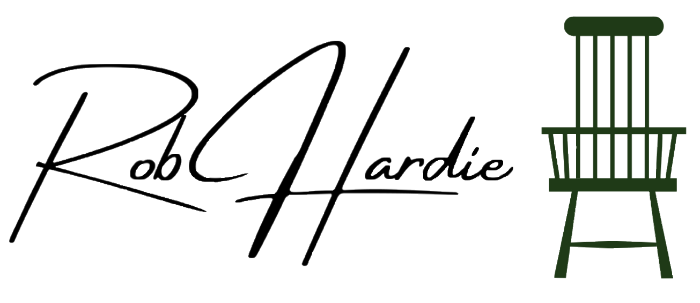
What is a stick chair?
Stick chairs and Windsor chairs are very similar and it is perhaps fair to say that they have more similarities than differences.
Stick chairs are generally associated with Wales although the term is used to describe early chairs from other parts of the world. In Scandinavia, there is a history of vernacular stick chairs.
Stick chairs are so-called due to the presence of sticks in the back of the chair to act as a backrest. Early, primitive chairs would have used sticks from woodland or a hedge fitted into the seat with very little finessing. Just a quick fix solution to making a stool more comfortable. They were not made by chairmakers, as such, but by a carpenter or other craftsman. They were made with materials that were at hand and so the chair design would have to fit with the wood available. This is part of the reason why stick chairs vary so much. In fact, you would be pushed to find two identical chairs.
Welsh stick chairs are thought to predate Windsor chairs by several hundred years. The history of the Welsh stick chairs is largely unknown as they were considered peasants furniture and not worthy of documenting. However, there has been a revival of interest in the chairs brought about largely by John Brown, a Welsh stick chair maker. He wrote the book “Welsh Stick Chairs” which has fuelled this resurgence. More recently, other books have appeared and the interest in stick chairs is increasing around the world.
There are no hard and fast rules to separating stick chairs from Windsor chairs. Stick chairs often have non turned legs, they may be octagonal or hexagonal with hand-planed facets. They often do not have stretchers. The sticks are often even in number. They usually have a crest or headpiece cut out of a block of wood rather than steam bent. The arm rail would traditionally be made from a bent branch. However, there are stick chairs that do have turned legs, steam-bent arm rails, and stretchers. Some stick chairs are very simple and plain whilst others are quite intricate and may have carved details. So there are no hard and fast rules to separate them. The location that the chair is made is perhaps the best way of deciding if unsure.
